Full text
PDF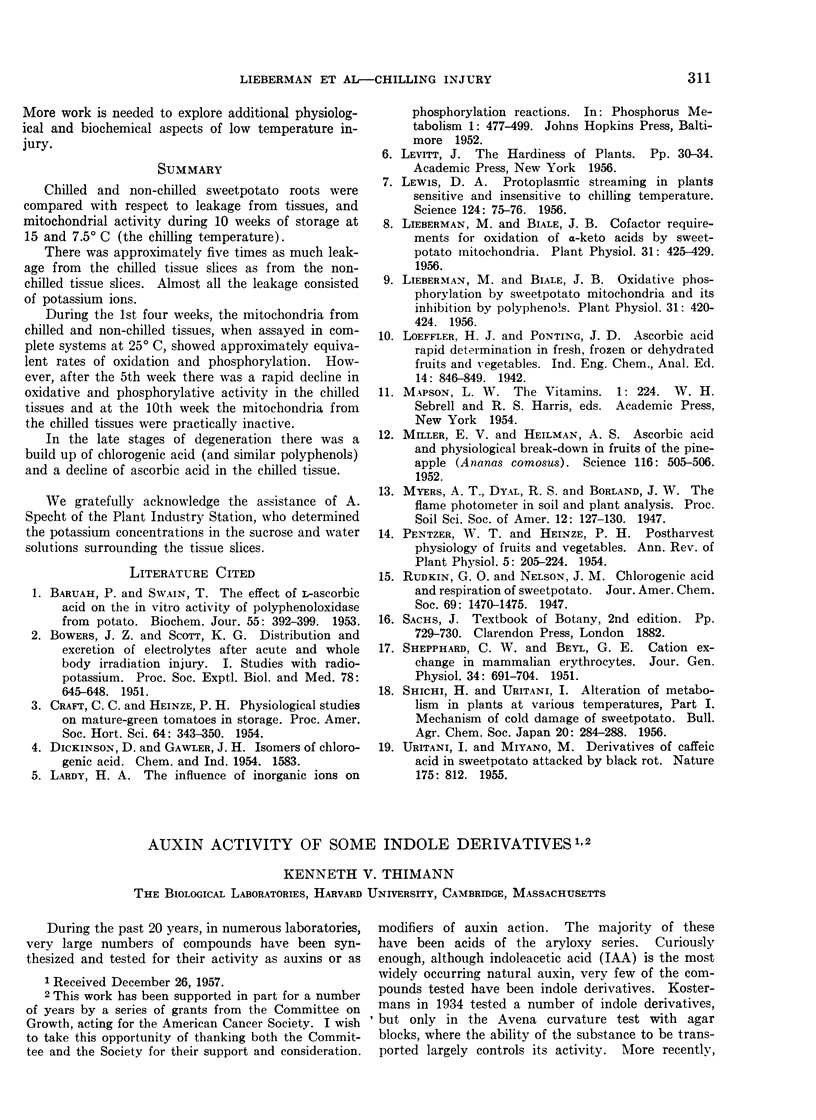
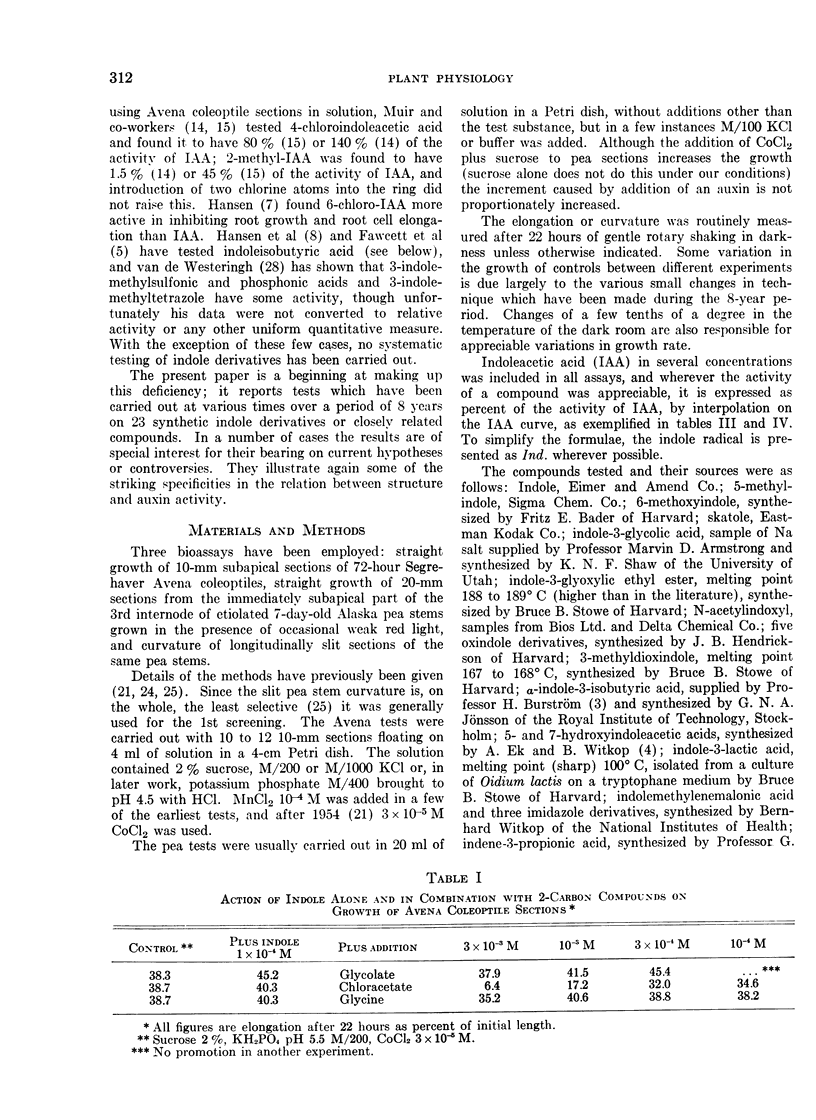
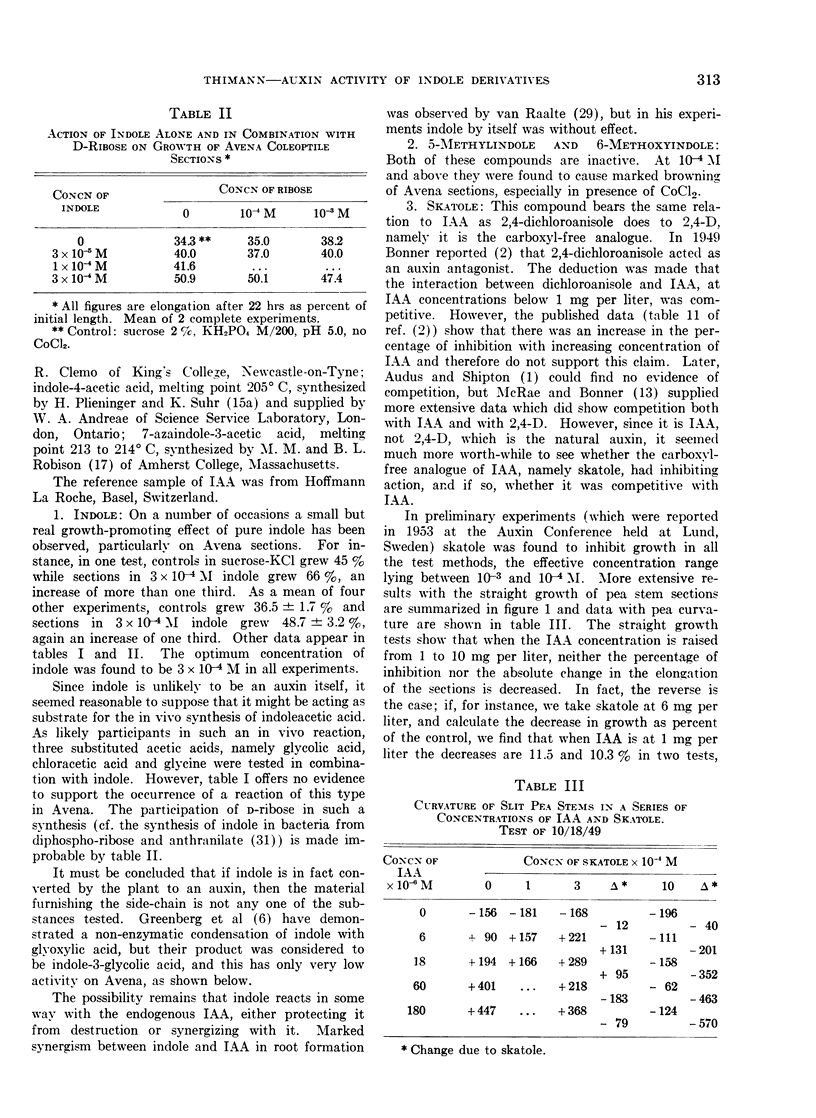
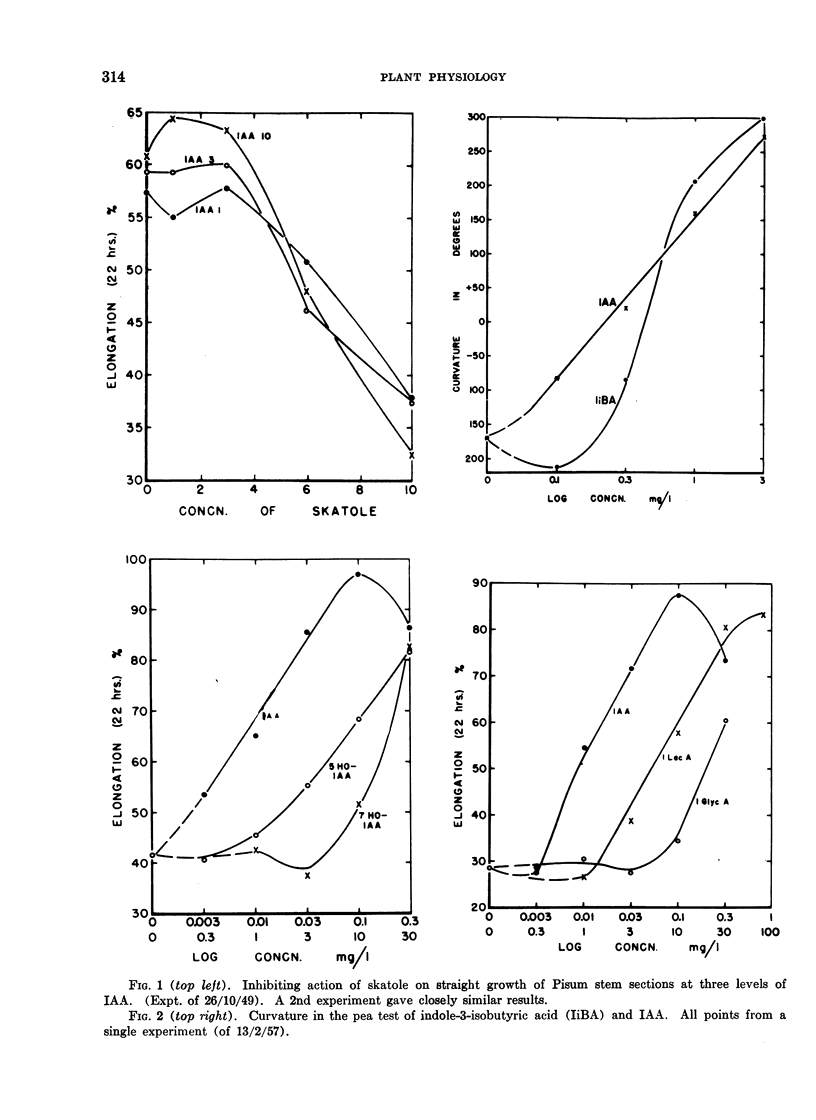
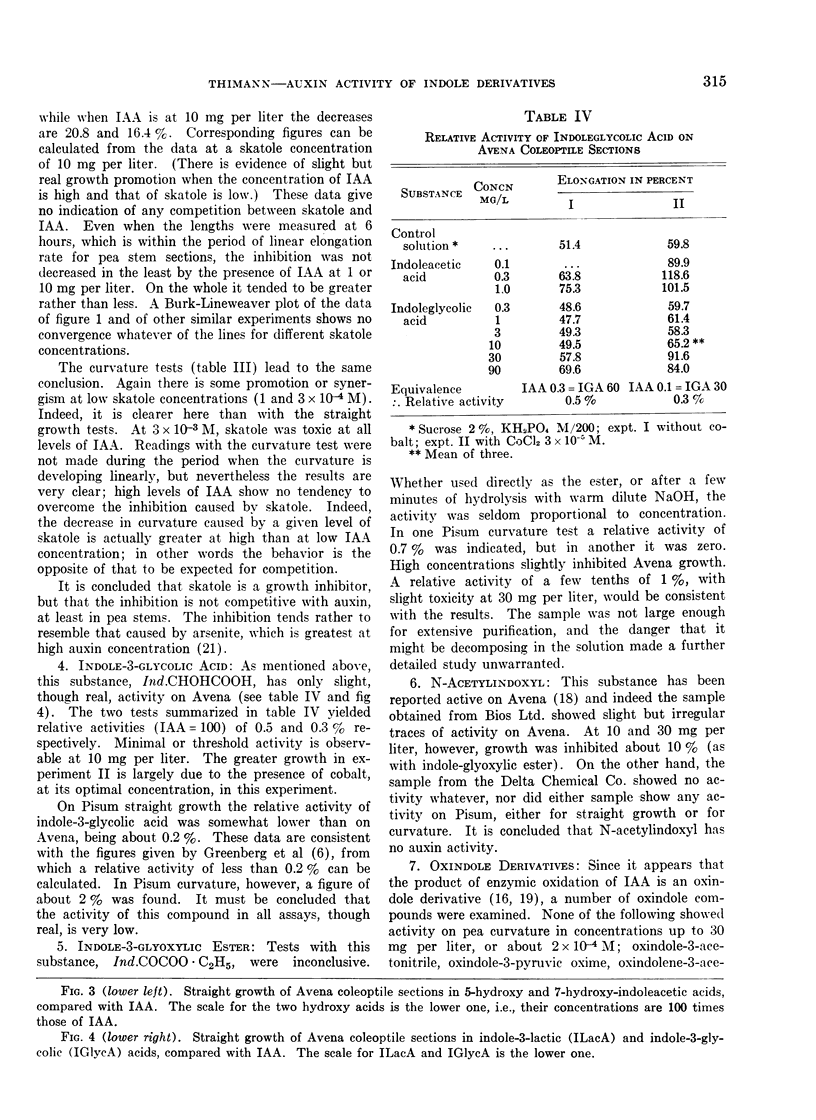
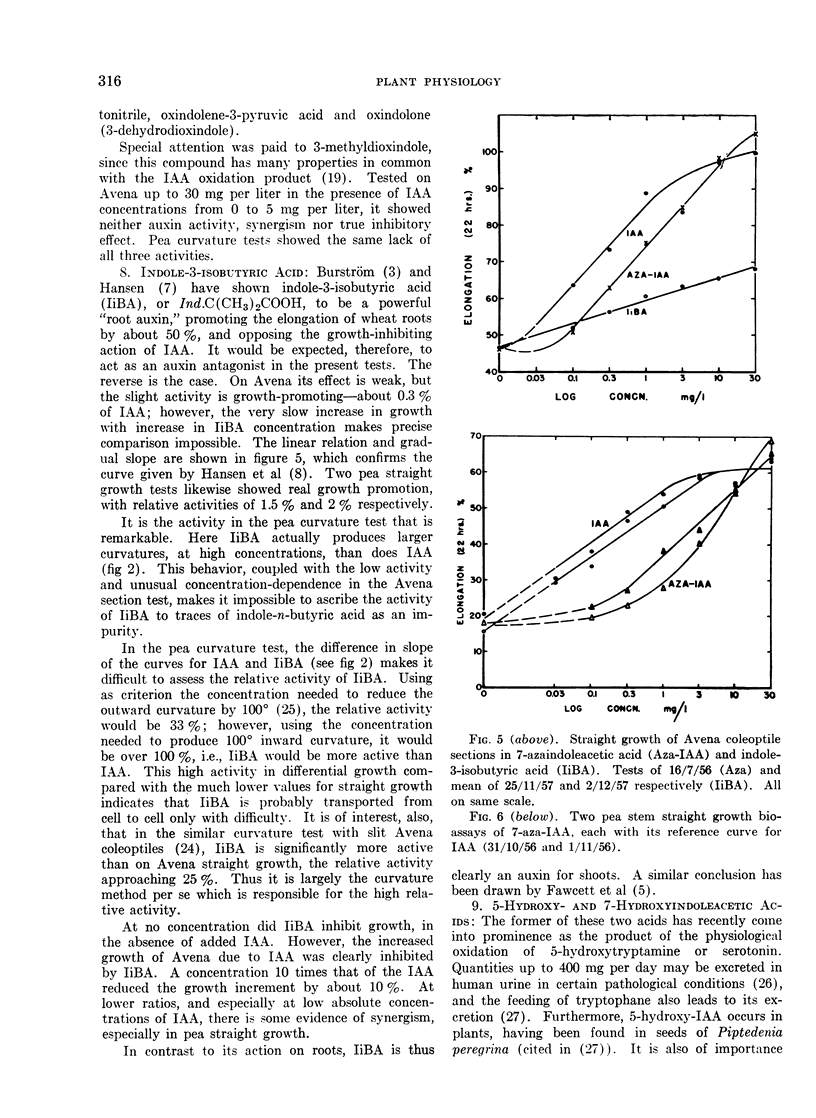
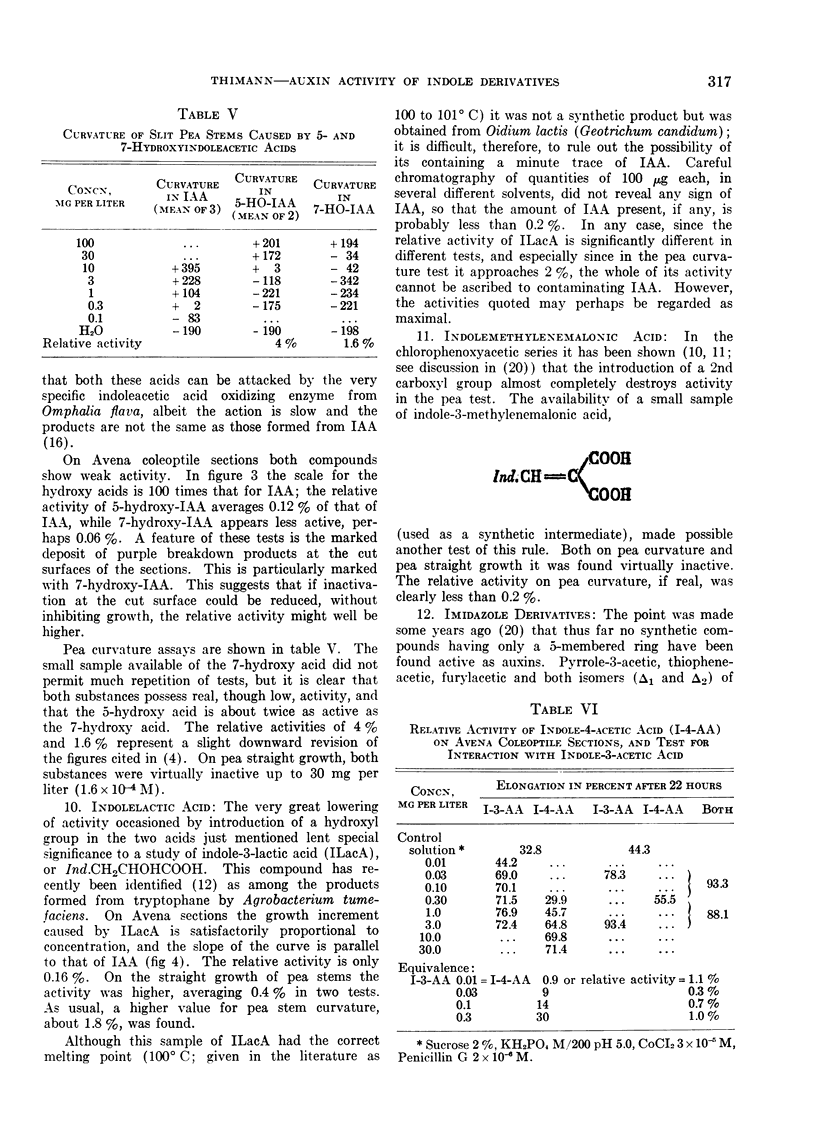
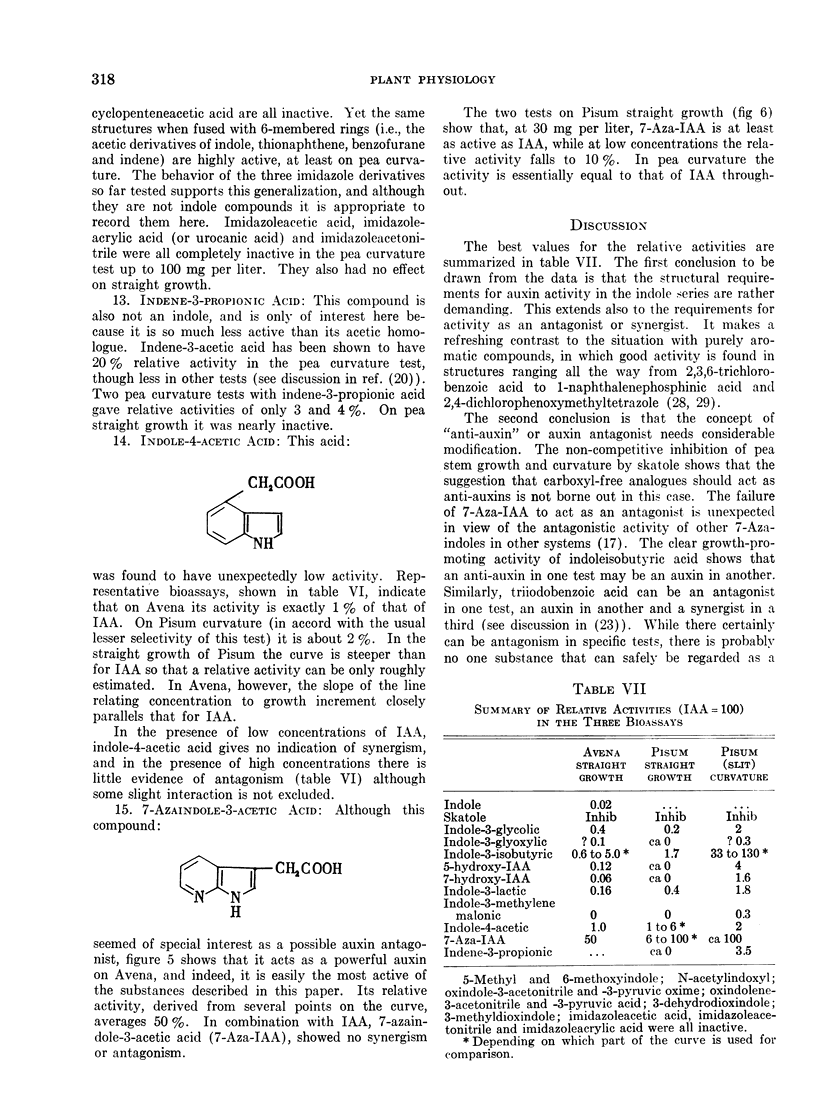
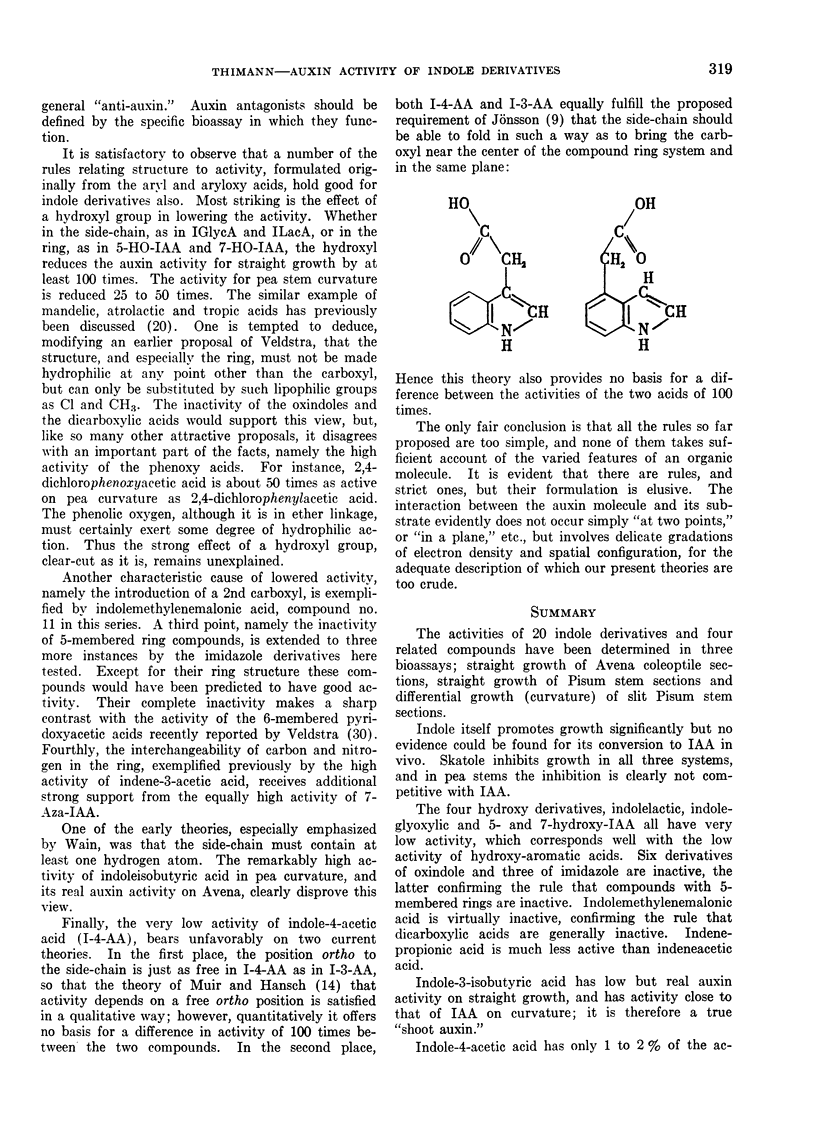
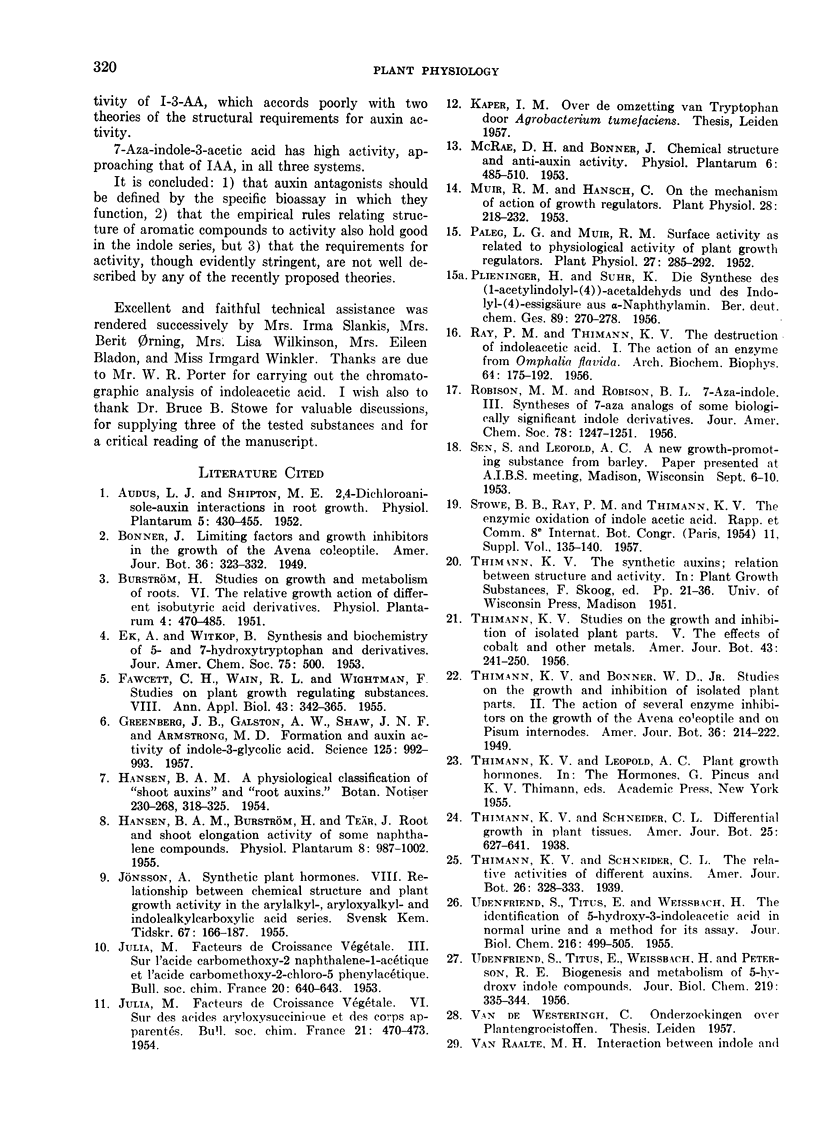
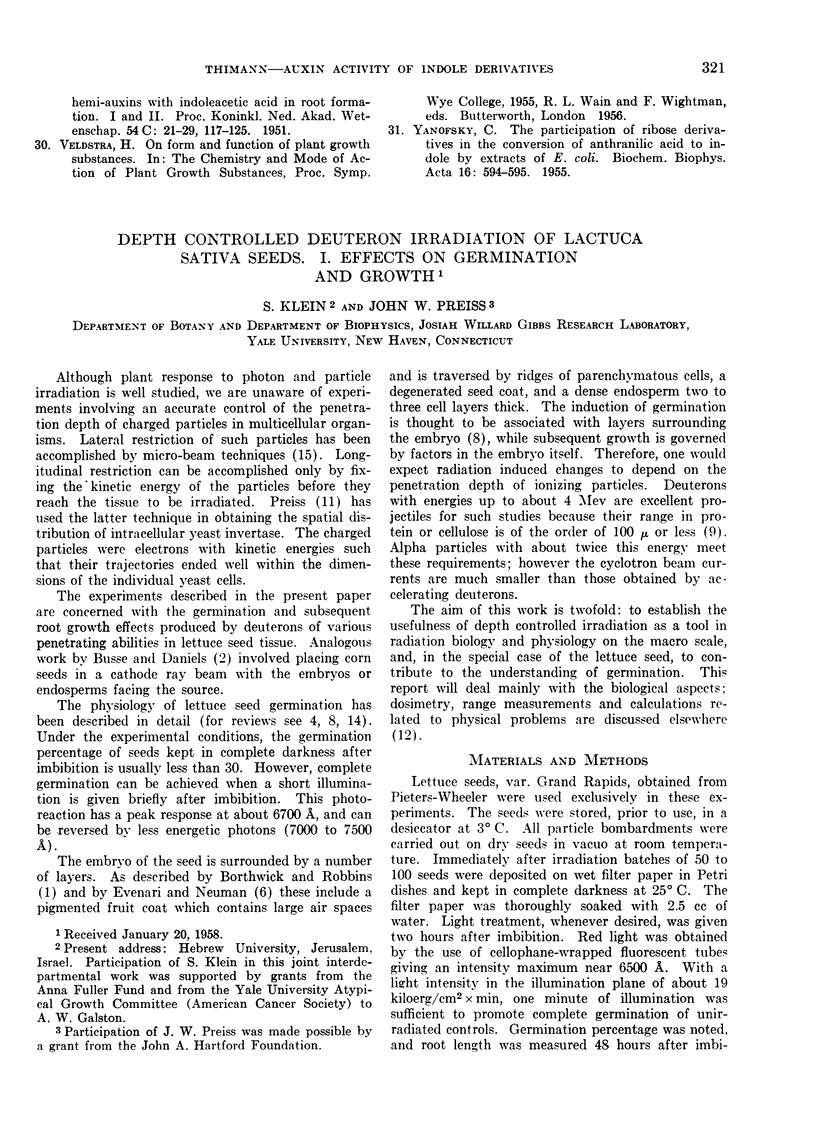
Selected References
These references are in PubMed. This may not be the complete list of references from this article.
- BARUAH P., SWAIN T. The effect of L-ascorbic acid on the in vitro activity of polyphenoloxidase from potato. Biochem J. 1953 Oct;55(3):392–399. doi: 10.1042/bj0550392. [DOI] [PMC free article] [PubMed] [Google Scholar]
- BOWERS J. Z., SCOTT K. G. Distribution and excretion of electrolytes after acute whole-body irradiation injury. I. Studies with radiopotassium. Proc Soc Exp Biol Med. 1951 Nov;78(2):645–648. doi: 10.3181/00379727-78-19169. [DOI] [PubMed] [Google Scholar]
- FRIEDLAENDER M., MOORE D. H., LOVE R., BROWN R. A., KOPROWSKI H. Developement of anopheles A virus in the endoplasmic reticulum of Ehrlich ascites tumour cells. Nature. 1955 May 7;175(4462):812–813. doi: 10.1038/175812b0. [DOI] [PubMed] [Google Scholar]
- GREENBERG J. B., GALSTON A. W., SHAW K. N., ARMSTRONG M. D. Formation and auxin activity of indole-3-glycolic acid. Science. 1957 May 17;125(3255):992–993. doi: 10.1126/science.125.3255.992. [DOI] [PubMed] [Google Scholar]
- Lewis D. A. Protoplasmic Streaming in Plants Sensitive and Insensitive to Chilling Temperatures. Science. 1956 Jul 13;124(3211):75–76. doi: 10.1126/science.124.3211.75. [DOI] [PubMed] [Google Scholar]
- Lieberman M., Biale J. B. Cofactor Requirements for Oxidation of Alpha-Keto Acids by Sweet Potato Mitochondria. Plant Physiol. 1956 Nov;31(6):425–429. doi: 10.1104/pp.31.6.425. [DOI] [PMC free article] [PubMed] [Google Scholar]
- Lieberman M., Biale J. B. Oxidative Phosphorylation by Sweet Potato Mitochondria and Its Inhibition by Polyphenols. Plant Physiol. 1956 Nov;31(6):420–424. doi: 10.1104/pp.31.6.420. [DOI] [PMC free article] [PubMed] [Google Scholar]
- MILLER E. V., HEILMAN A. S. Ascorbic acid and physiological breakdown in the fruits of the pineapple (Ananas comosus L. Merr). Science. 1952 Nov 7;116(3019):505–506. doi: 10.1126/science.116.3019.505. [DOI] [PubMed] [Google Scholar]
- Muir R. M., Hansch C. On the Mechanism of Action of Growth Regulators. Plant Physiol. 1953 Apr;28(2):218–232. doi: 10.1104/pp.28.2.218. [DOI] [PMC free article] [PubMed] [Google Scholar]
- Paleg L. G., Muir R. M. Surface Activity as Related to Physiological Activity of Plant Growth-Regulators. Plant Physiol. 1952 Apr;27(2):285–292. doi: 10.1104/pp.27.2.285. [DOI] [PMC free article] [PubMed] [Google Scholar]
- RAY P. M., THIMANN K. V. The destruction of indoleacetic acid. I. Action of an enzyme from Omphalia flavida. Arch Biochem Biophys. 1956 Sep;64(1):175–192. doi: 10.1016/0003-9861(56)90253-3. [DOI] [PubMed] [Google Scholar]
- SHEPPARD C. W., BEYL G. E. Cation exchange in mammalian erythrocytes. III. The prolytic effect of x-rays on human cells. J Gen Physiol. 1951 May;34(5):691–704. doi: 10.1085/jgp.34.5.691. [DOI] [PMC free article] [PubMed] [Google Scholar]
- UDENFRIEND S., TITUS E., WEISSBACH H., PETERSON R. E. Biogenesis and metabolism of 5-hydroxyindole compounds. J Biol Chem. 1956 Mar;219(1):335–344. [PubMed] [Google Scholar]
- UDENFRIEND S., TITUS E., WEISSBACH H. The identification of 5-hydroxy-3-indoleacetic acid in normal urine and a method for its assay. J Biol Chem. 1955 Oct;216(2):499–505. [PubMed] [Google Scholar]
- YANOFSKY C. The participation of ribose derivatives in the conversion of anthranilic acid to indole by extracts of Escherichia coli. Biochim Biophys Acta. 1955 Apr;16(4):594–595. doi: 10.1016/0006-3002(55)90286-9. [DOI] [PubMed] [Google Scholar]


